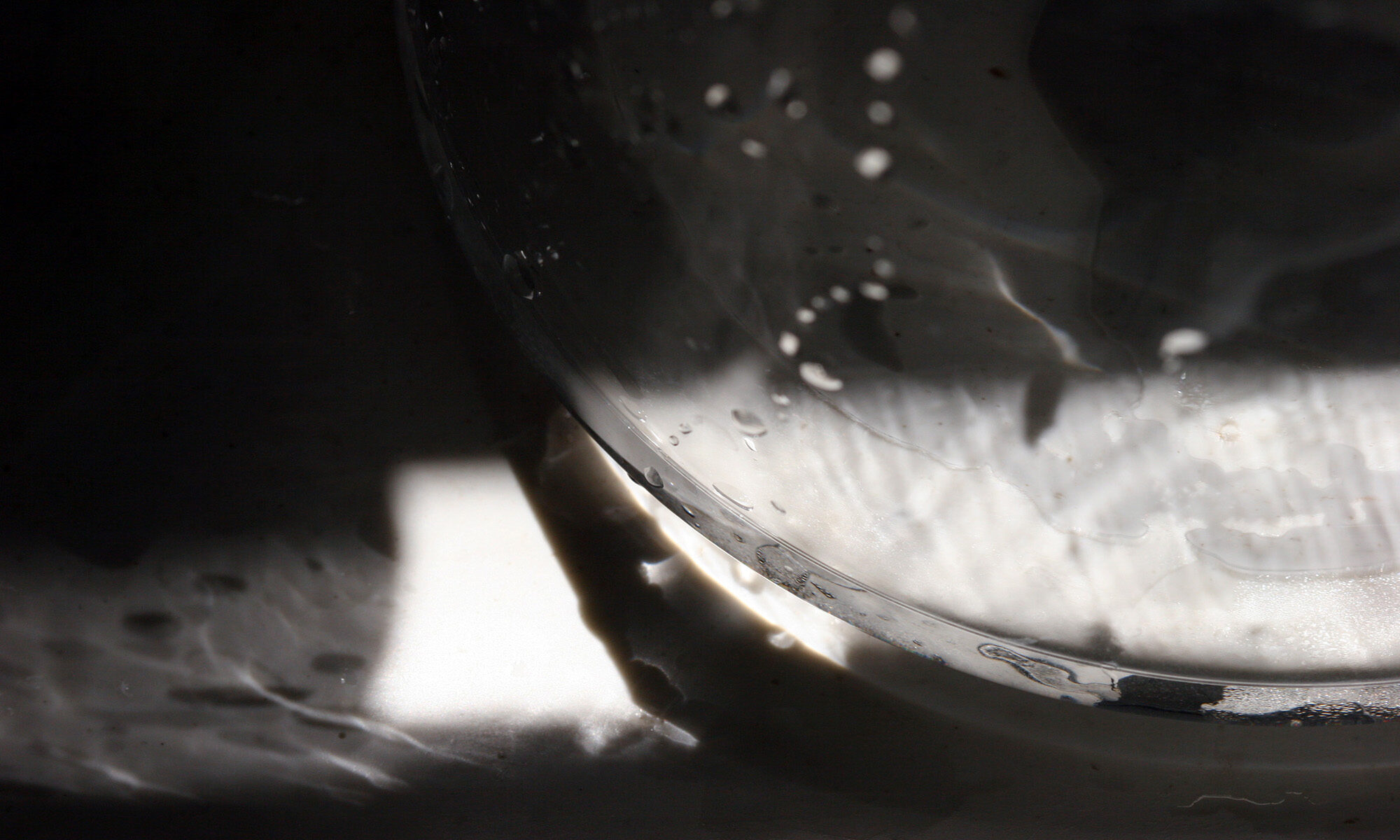
Argument
Aesthetic of the Engineer
Architecture
Aesthetic of the Engineer, Architecture: two things firmly allied, sequential, the one in full flower, the other in painful regression.
The engineer, inspired by the law of Economy and guided by calculations, puts us in accord with universal laws. He attains harmony.
The architect, through the ordonnance of forms, realizes an order that is a pure creation of his mind; through forms, he affects our senses intensely, provoking plastic emotions; through the relationships that he creates, he stirs in us deep resonances, he gives us the measure of an order that we sense to be in accord with that of the world, he determines the diverse movements of our minds and our hearts; it is then that we experience beauty.
Three Reminders to Architects
Volume
Our eyes are made for seeing forms in light.
Primary forms are beautiful forms because they are clearly legible.
The architects of today no longer make simple forms.
Relying on calculations, engineers use geometric forms, satisfying our eyes through geometry and our minds through mathematics; their works are on the way to great art.
Surface
A volume is enveloped by a surface, that is divided according to the generators and the directing vectors of the volume, accentuating the individuality of this volume.
Architects today are afraid of the geometric constituents of surfaces.
The great problems of modern construction will be solved through geometry.
Under strict obligation to an imperative programme, engineers use the directing vectors and accentuators of forms. They create limpid and impressive plastic facts.
Plan
The plan is the generator.
Without a plan, there is disorder, arbitrariness.
The plan carries within it the essence of the sensation.
The great problems of tomorrow, dictated by collective needs, pose the question of the plan anew.
Modern life demands, awaits a new plan for the house and for the city.
Regulating Lines
Of the fateful birth of architecture
The obligation to order. The regulating line is a guarantee against arbitrariness. It brings satisfaction to the mind.
The regulating line is the means; it is not a formula. Its choices and its expressive modalities are integral parts of architectural creation.
Eyes that do not see
Liners
A great era has just begun.
There exists a new spirit.
There exists a host of works in this new spirit, they are encountered above all in industrial production.
Architecture suffocates in routine.
The ‘styles’ are a lie. Style is a unity of principle that animates all the works of an era and results from a distinctive state of mind.
Our era fixes its style every day.
Our eyes, unfortunately, are not yet able to discern it.
Airplanes
The airplane is a product of high selection.
The lesson of the airplane is in the logic that governed the statement of the problem and its realization.
The problem of the house has not been posed.
Current architectural things do not answer our needs.
Yet there are standards for the dwelling.
The mechanical carries within it the economic factor that selects.
The house is a machine for living in.
Automobiles
We must see to the establishment of standards so we can face up to the problem of perfection.
The Parthenon is a problem of selection applied to a standard.
Architecture works on standards.
Standards are a matter of logic, of analysis, of scrupulous study; they are based on a problem well posed. Experimentation fixes the standard definitively.
Architecture
The Lessons of Rome
Architecture is the use of raw materials to establish stirring relationships.
Architecture goes beyond utilitarian things.
Architecture is a plastic thing.
Spirit of order, unity of intention.
The sense of relationships; architecture organizes quantities.
Passion can make drama out of inert stone.
The Illusion of the Plan
The plan proceeds from the inside out; the exterior is the result of an interior.
The elements of architecture are light and shadow, walls and space.
Ordonnance is the hierarchy of goals, the classification of intentions.
Man sees architectural things with eyes that are 1 metre 70 from the ground.
We can reckon only with goals accessible to the eye, with intentions that take the elements of architecture into account. If we reckon with intentions that do not belong to the language of architecture, we end up with an illusory plan; we break the rules of the plan through faulty conception or a penchant for vain things.
Pure Creation of the Mind
Contour modulation is the touchstone of the architect.
The latter reveals himself as artist or mere engineer
Contour modulation is free of all constraint.
It is no longer a question of routine, nor of traditions, nor of construction methods, nor of adaptation to utilitarian needs.
Contour modulation is a pure creation of the mind; it calls for the plastic artist.
Mass-Production Housing
A great era has just begun.
There exists a new spirit.
Industry, invading like a river that rolls to its destiny, brings us new tools adapted to this new era animated by a new spirit.
The law of Economy necessarily governs our actions and our conceptions.
The problem of the house is a problem of the era. Social equilibrium depends on it today. The first obligation of architecture, in an era of renewal, is to bring about a revision of values, a revision of the constitutive elements of the house.
Mass production is based on analysis and experimentation.
Heavy industry should turn its attention to building and standardize the elements of the house.
We must create a mass-production state of mind.
A state of mind for building mass-production housing.
A state of mind for living in mass-production housing.
A state of mind for conceiving mass-production housing.
If we wrest from our hearts and minds static conceptions of the house and envision the question from a critical and objective point of view, we will come to the house-tool, the mass-production house that is healthy (morally, too) and beautiful from the aesthetic of the work tools that go with our existence.
Beautiful too from all the life that the artistic sense can bring to strict and pure organs.
Architecture or Revolution
In every domain of industry, new problems have been posed and tools capable of solving them have been created. If we set this fact against the past, there is resolution. In building, the factory production of standardized parts has begun; on the basis of new economic necessities, part elements and ensemble elements have been created; conclusive realizations have been achieved in parts and in ensembles. If we set ourselves against the past, there is revolution in the methods and the magnitude of enterprises.
Whereas the history of architecture evolves slowly over the centuries in terms of structure and décor, in the last fifty years iron and cement have brought gains that are the index of a great power to build and the index of an architecture whose code is in upheaval. If we set ourselves against the past, we determine that the ‘styles’ no longer exist for us, that the style of an era has been elaborated; there has been a revolution.
Consciously or unconsciously, minds have become aware of these events; consciously or unconsciously, needs are born.
The social mechanism, deeply disturbed, oscillates between improvements of historical importance and catastrophe.
It is the primal instinct of every living thing to secure a shelter. The various working classes of society no longer have suitable shelter, neither labourers nor intellectuals. It is a question of building that is key to the equilibrium upset today: architecture or revolution.
Le Corbusier

